How to Turn Discarded Junk and Vines Into a Woven Basket

by
Karen Manasco
(IC: blogger)
4 Materials
$5.00
2-3 Days
Medium
A discarded wire-framed bin becomes a hand-woven root basket!
Yes, you can do this!
I found myself wandering through my husband's junk pile out back, when I came across an old wire basket, the kind that is typically found in chest freezers. With a good yank, it came free from the rubbish pile, and I dragged it back to the house.
Fast forward a few weeks. While cleaning a part of the property, I noticed a large mass of roots growing atop the ground, ready to trip the next person that might be out for a casual stroll. Eureka, the perfect weaving material for my junk basket!
While I'm certainly not a trained basket weaver, the project flowed smoothly, and turned out well. Suddenly, I'm searching for anything durable with wire segments for weaving. Come along, and I'll share what I learned while turning trash into treasure.You'll find yourself seeing potential in junk you've never noticed before.
Yes, you can do this!
I found myself wandering through my husband's junk pile out back, when I came across an old wire basket, the kind that is typically found in chest freezers. With a good yank, it came free from the rubbish pile, and I dragged it back to the house.
Fast forward a few weeks. While cleaning a part of the property, I noticed a large mass of roots growing atop the ground, ready to trip the next person that might be out for a casual stroll. Eureka, the perfect weaving material for my junk basket!
While I'm certainly not a trained basket weaver, the project flowed smoothly, and turned out well. Suddenly, I'm searching for anything durable with wire segments for weaving. Come along, and I'll share what I learned while turning trash into treasure.You'll find yourself seeing potential in junk you've never noticed before.
SANFORD AND SON: Though not everyone has a junk pile in the back woods, wire baskets are easily found in other places. Yard sales, flea markets, and garage sales are often great sources for items that are no longer of use to someone else. When shopping at yard sales, take note of any junk laying around the garage. It never hurts to ask if an item could be for sale. Old farm houses are great sources for wire and fence-related items.
Please be mindful of the plant matter you choose for this project. Though vines are durable and plentiful, there are many plants growing beneath our feet and beside our bodies that we might never think about. Yanking an unknown vine is never a good idea, considering you may be grabbing poison ivy, which I have included a picture of, lest you encounter any during your harvest. Don't touch it. Just back away, and keep walking.
Though living in the city will likely pose difficulty for a variety of natural fibers, the country life provides plenty of it.
TOOLS (and other items) REQUIRED FOR THIS PROJECT:
CLEAN UP, CUT UP, DRESS UP:
WET WORK MAKES IT EASIER:
OVER, UNDER, OVER, UNDER:
WORK A LITTLE, WORK A LOT:
Once you've completed the weaving on the sides of the basket, it is time to weave the bottom. Although it is the same process, it is a bit more difficult due to the fact that you must reach into the entire basket to reach the bottom if your basket has depth to it. A good reason not to select a basket that is deeper than the length of your arms.
Though at this point, your basket should be fully woven, it never hurts to add a little extra flair. This step is optional, but is very easy, relaxing, doesn't take long, and will add much to the appeal of your project.
PROTECT YOUR COMPLETED PROJECT:
Enjoyed the project?
Suggested materials:
- A wire basket or other form (Junk pile, second hand store, etc.)
- Macrame cord, string, twine, etc. (Craft room, craft supply store)
- Vines or roots (The great outdoors!)
- Scissors, pruning shears, loppers, large needle (Craft room, garden tool shed, sewing basket)

Want more details about this and other DIY projects? Check out my blog post!
Published September 28th, 2016 11:08 AM
Comments
Join the conversation
2 of 70 comments
-
 Barbara Miller Gross
on Sep 12, 2018
Barbara Miller Gross
on Sep 12, 2018
Thinking of weaving on my bycicle basket!! Nice instructions, thanks!!
-
-



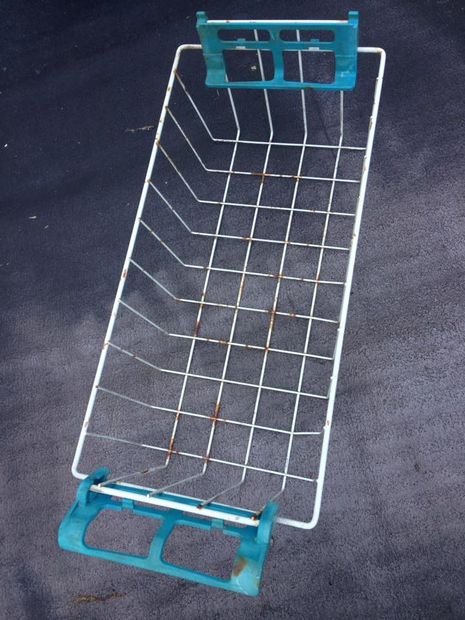














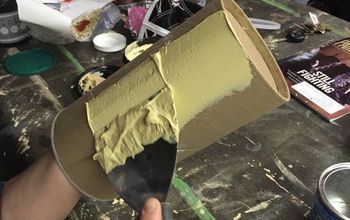
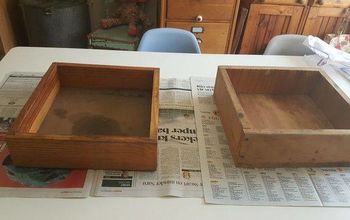



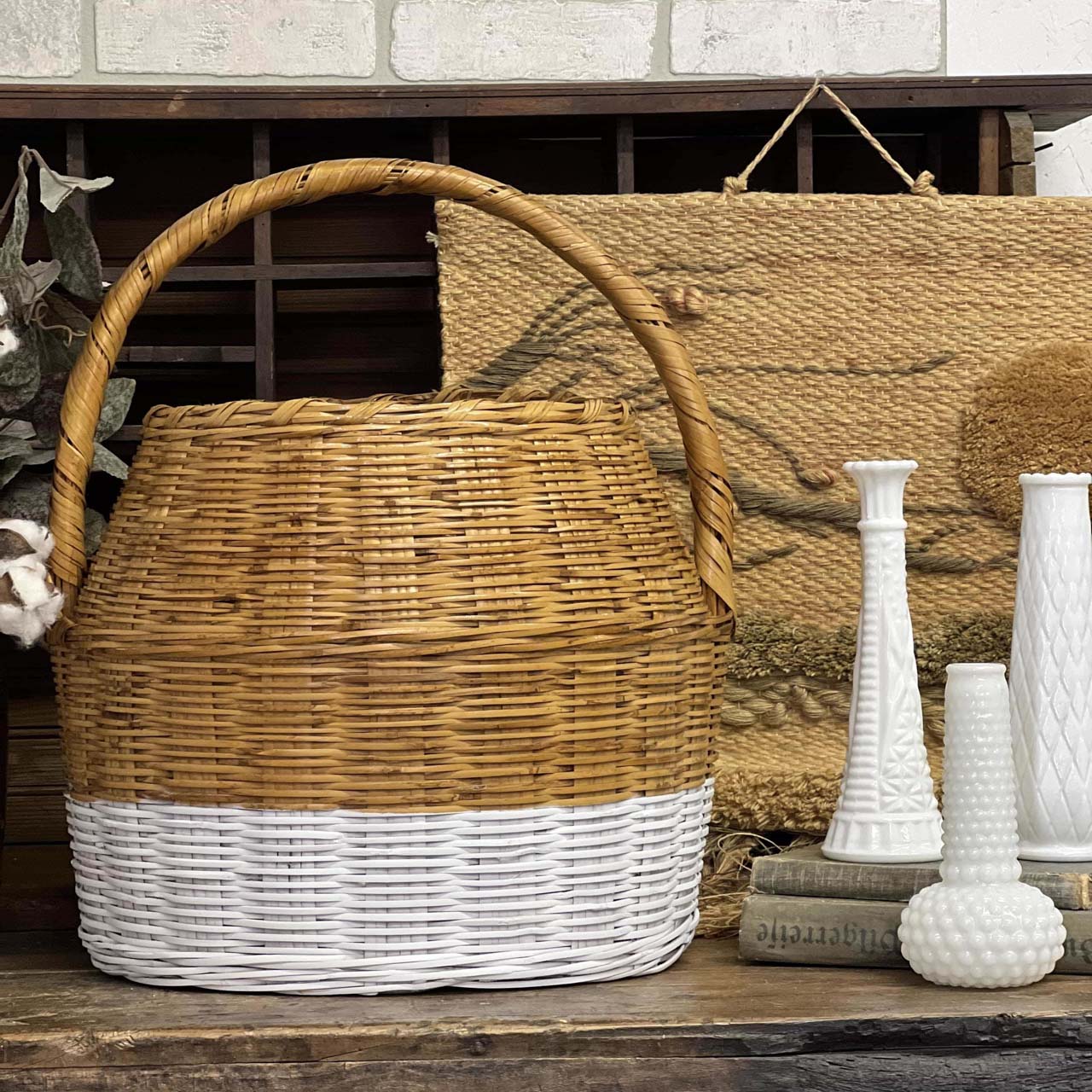
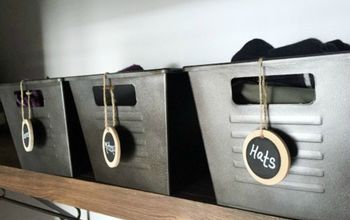
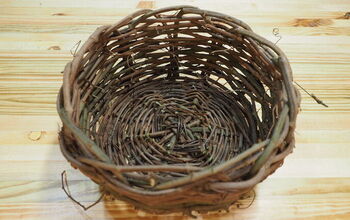


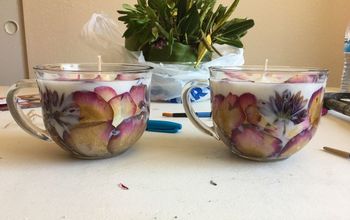
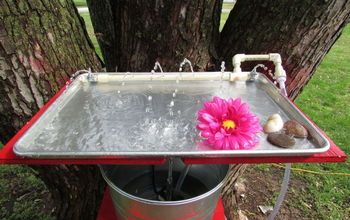




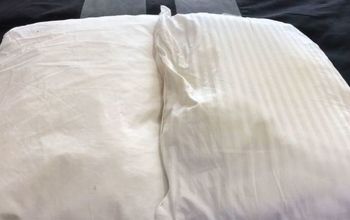

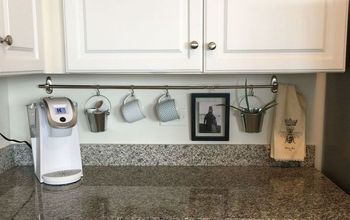




Frequently asked questions
Have a question about this project?